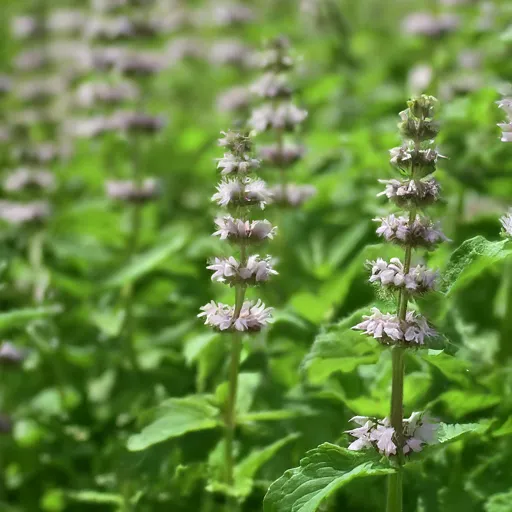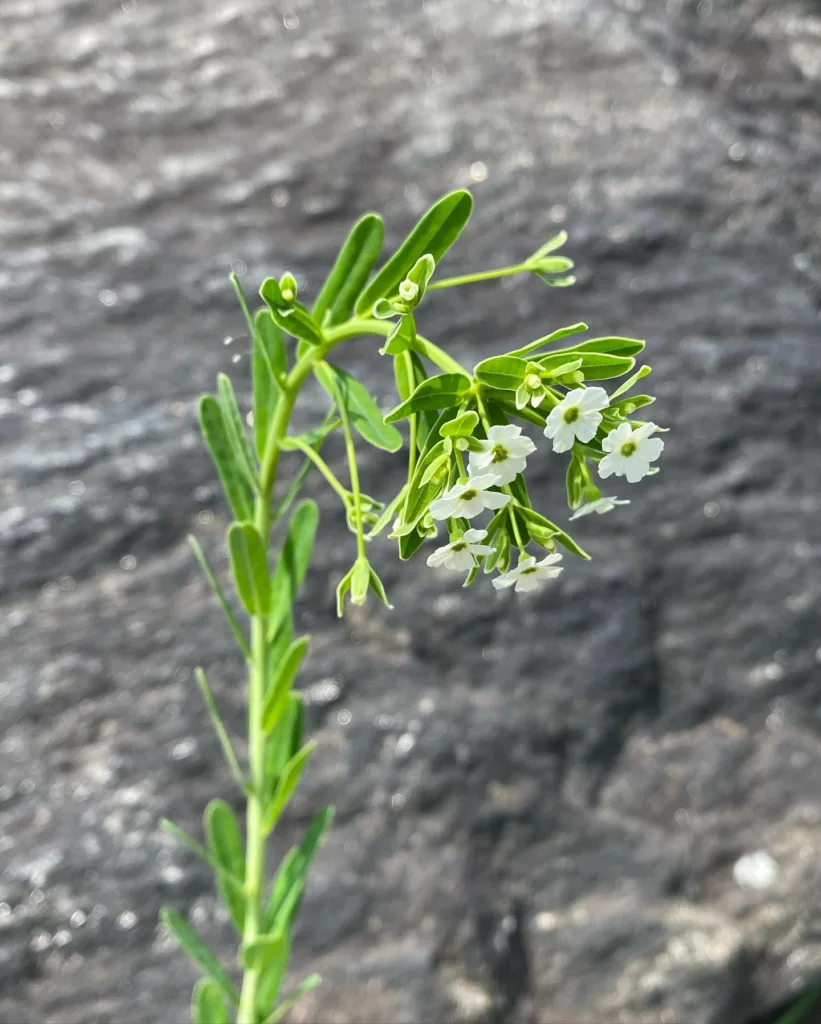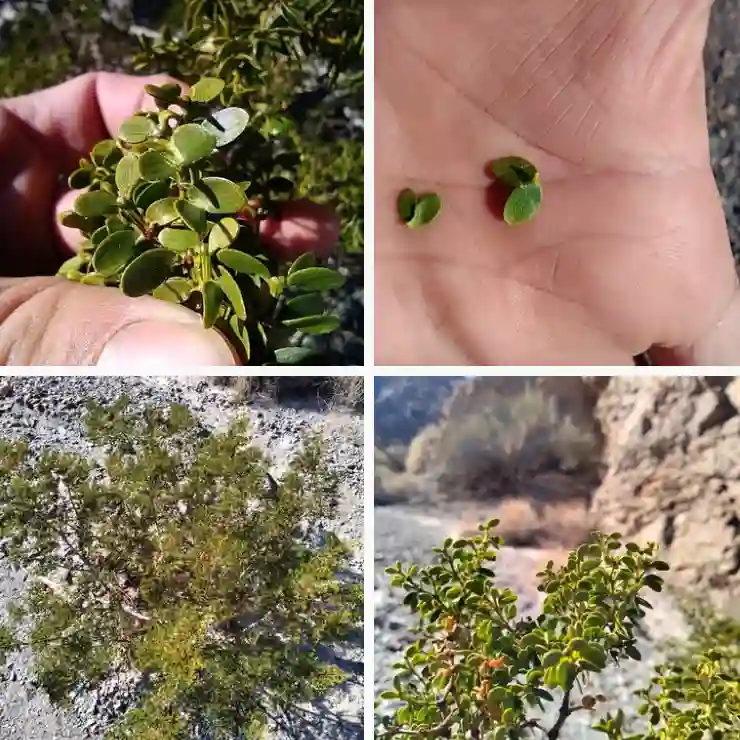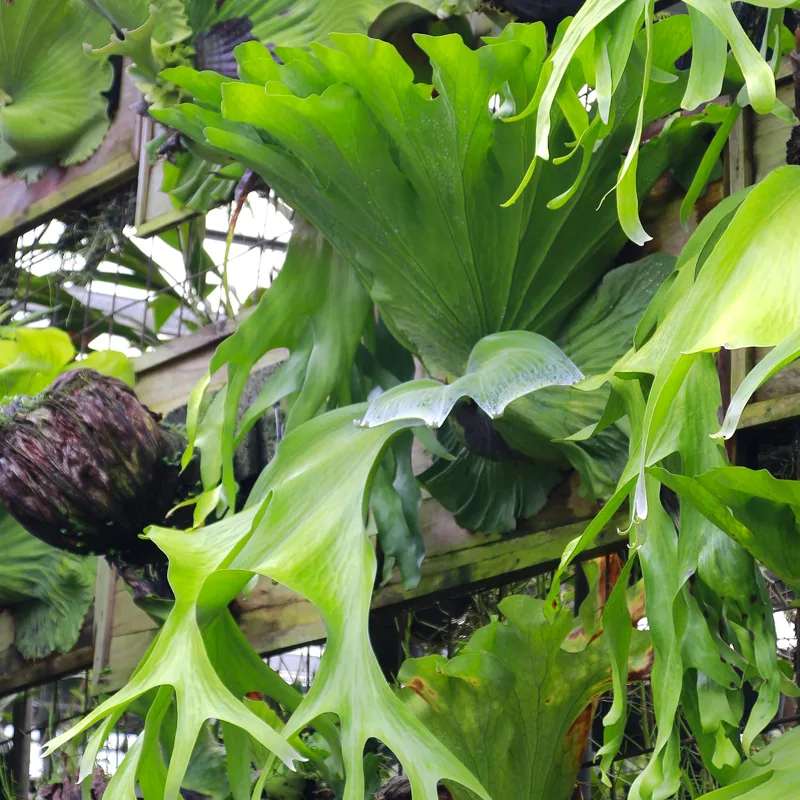October 17 – Vallisneria
"Vallisneria, the eelgrass, defines October 17."
Vallisneria symbolizes flexibility and serenity. You adapt gracefully and bring calm to turbulent times. Like its flowing underwater form, your presence soothes.
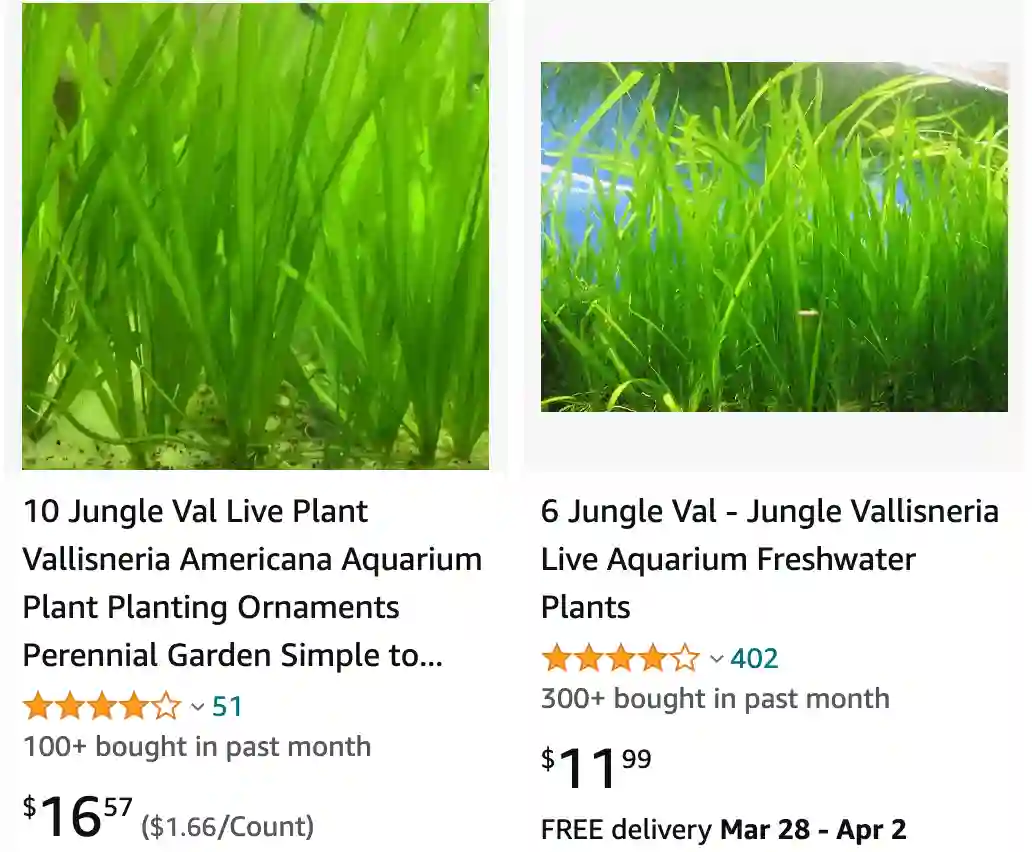
What is vallisneria?
Vallisneria belong to the Hydrocharitaceae family, is a type of aquatic plant commonly known as eelgrass or tape grass. It’s characterized by its long, slender leaves that resemble blades of grass. I first encountered vallisneria when I was setting up my aquarium, and I was drawn to its graceful appearance. It’s been a staple in my tank ever since, providing both aesthetic appeal and practical benefits for my aquatic environment.
Vallisneria species
- Vallisneria americana Michx. Plant FAQs: Jungle Vallisneria – Vallisneria Americana
- Vallisneria anhuiensis X.S.Shen
- Vallisneria annua S.W.L.Jacobs & K.A.Frank
- Vallisneria australis S.W.L.Jacobs & Les
- Vallisneria caulescens F.M.Bailey & F.Muell.
- Vallisneria denseserrulata (Makino) Makino
- Vallisneria erecta S.W.L.Jacobs
- Vallisneria gracilis F.M.Bailey
- Vallisneria jacobsii A.P.Martin & D.N.Wilson
- Vallisneria longipedunculata X.S.Shen
- Vallisneria nana R.Br.
- Vallisneria natans (Lour.) H.Hara
- Vallisneria neotropicalis Vict.
- Vallisneria rubra (Rendle) Les & S.W.L.Jacobs
- Vallisneria spinulosa S.Z.Yan
- Vallisneria spiralis L. Plant FAQs: Vallisneria Spiralis
- Vallisneria triptera S.W.L.Jacobs & K.A.Frank
How to plant vallisneria?
Planting vallisneria is relatively straightforward. I like to gently push the roots into the substrate, making sure they’re secure and not floating around. It’s important to give them enough space to spread out, as they can grow quite vigorously. After planting, I usually give them a good rinse to remove any debris and encourage healthy growth.
How to trim vallisneria?
Trimming vallisneria is essential to keep it looking neat and prevent overcrowding in the aquarium. When the leaves start to grow too long or become tangled, I use sharp scissors to carefully trim them back. I try to trim at an angle to mimic the natural shape of the plant and avoid damaging the remaining foliage. Regular trimming also helps promote new growth and keeps the plant healthy.
Can vallisneria grow in gravel?
Vallisneria can definitely grow in gravel, but it may not thrive as well as it would in a substrate specifically designed for aquarium plants. Gravel lacks the nutrients that vallisneria needs to grow robustly, so it’s essential to supplement with root tabs or liquid fertilizers to ensure optimal growth.
Can vallisneria grow in sand?
Similarly, vallisneria can grow in sand, but again, it may not reach its full potential without additional nutrients. Sand can be more challenging for the roots to anchor into compared to a substrate with more texture, so it’s crucial to provide extra support through fertilization.
Does vallisneria need co2?
While vallisneria can benefit from CO2 supplementation, it’s not always necessary for its growth. In my experience, providing adequate lighting and nutrients is usually sufficient to support healthy vallisneria growth in my aquarium. However, if I notice that my plants are struggling or if I want to encourage faster growth, I might consider adding CO2.
Does vallisneria need root tabs?
Root tabs can be beneficial for vallisneria, especially if you’re using a substrate that lacks essential nutrients. I’ve found that regularly adding root tabs helps promote healthy root growth and overall plant vitality. It’s essential to follow the instructions carefully and not to overdo it, as too many nutrients can lead to algae problems in the aquarium.
Does vallisneria need substrate?
Vallisneria doesn’t necessarily need a substrate to grow, but it does prefer a nutrient-rich environment to thrive. While it can anchor its roots in various types of substrates, providing a substrate specifically designed for aquarium plants will give it the best chance of success.
How fast does vallisneria grow?
Vallisneria is known for its fast growth rate, especially in favorable conditions. In my aquarium, I’ve observed significant growth within just a few weeks, with new leaves sprouting regularly. Regular pruning and maintenance are essential to keep it from overtaking the tank.
How tall does vallisneria grow?
Depending on the species, vallisneria can grow to different heights. Some varieties, like Vallisneria Americana, can reach heights of up to two feet or more under ideal conditions. However, regular trimming can help control the height and prevent it from overshadowing other plants in the aquarium.
How to propagate vallisneria?
Propagating vallisneria is relatively simple and can be done through runners or division. I’ve had success with both methods in my aquarium. When I notice new shoots or daughter plants forming along the runners, I carefully detach them from the parent plant and replant them in another area of the tank to encourage growth.
Why is my vallisneria dying?
If your vallisneria is dying, there could be several factors at play. It’s essential to check water parameters such as temperature, pH, and nutrient levels to ensure they’re within the plant’s preferred range. Poor water quality, inadequate lighting, or nutrient deficiencies can all contribute to plant decline. Additionally, overcrowding or improper planting techniques can also stress the plant and lead to deterioration.
How do flowers of vallisneria get pollinated?
The flowers of vallisneria are pollinated through a fascinating process involving underwater pollination. Male flowers release pollen into the water, which is then carried to the female flowers by currents or by the movement of aquatic organisms. Once pollinated, the female flowers develop into small fruits containing seeds, which eventually fall to the substrate and germinate to produce new plants.
How does vallisneria reproduce?
Vallisneria reproduces primarily through asexual means, such as by producing runners or daughter plants. These new plants are genetically identical to the parent plant and can quickly populate an aquarium under the right conditions. Additionally, vallisneria can also reproduce sexually through the pollination of flowers and the production of seeds, although this is less common in aquarium settings.
How much light does vallisneria need?
Vallisneria generally prefers moderate to high lighting levels to support its growth. In my experience, providing around 8-10 hours of light per day has been sufficient to keep my vallisneria healthy and thriving. However, it’s essential to monitor for signs of algae growth or light stress and adjust accordingly.
If i die, water my plants!
